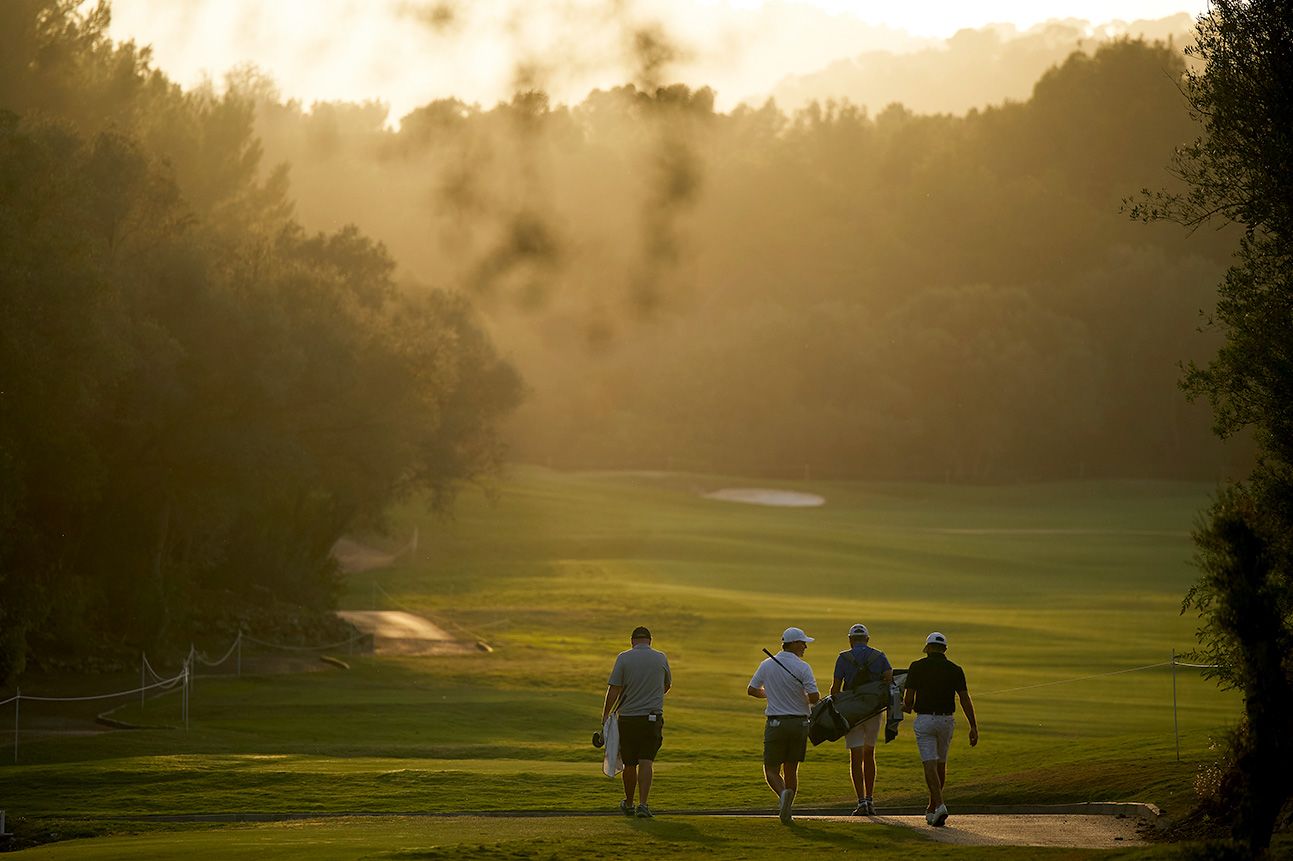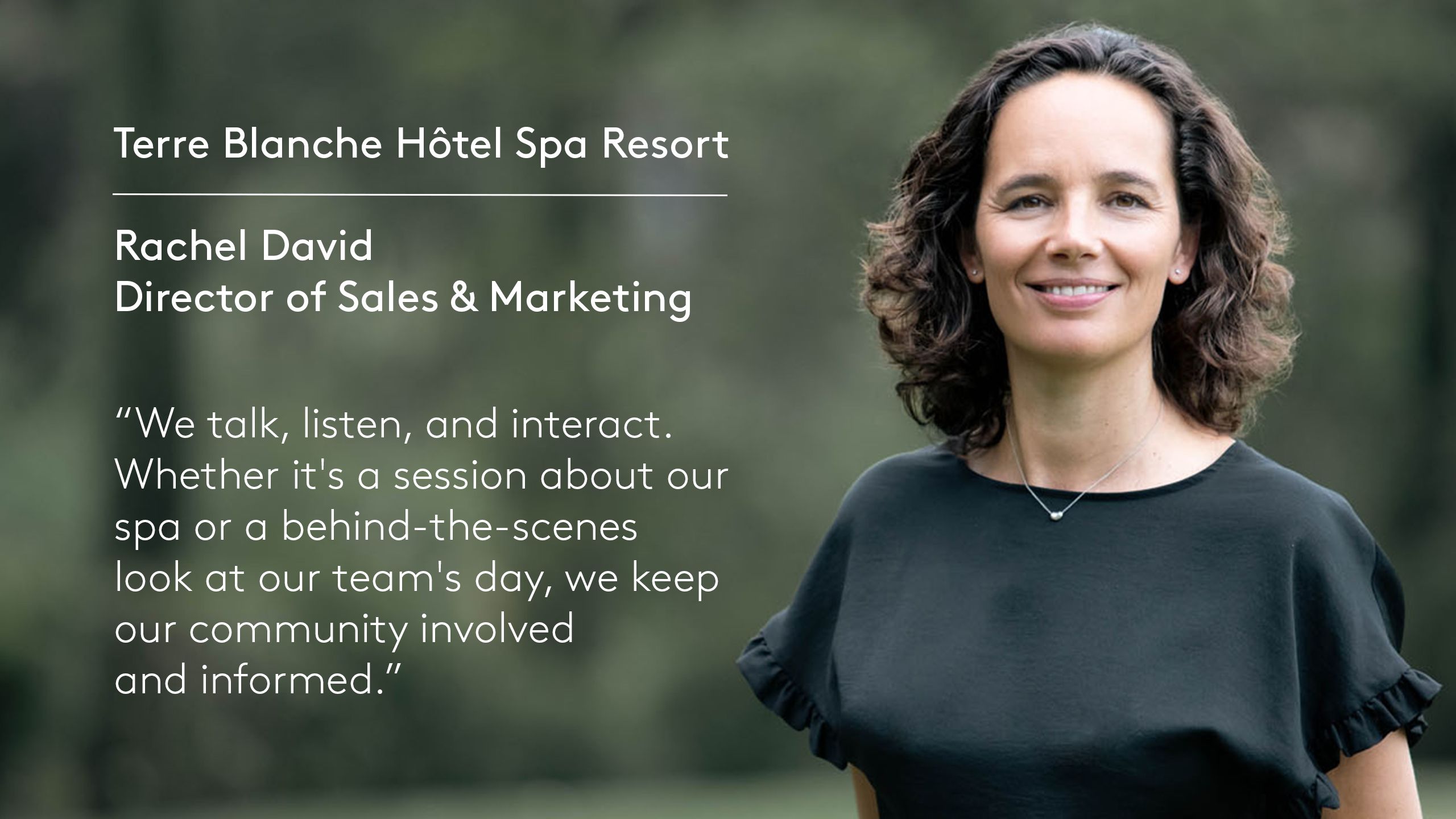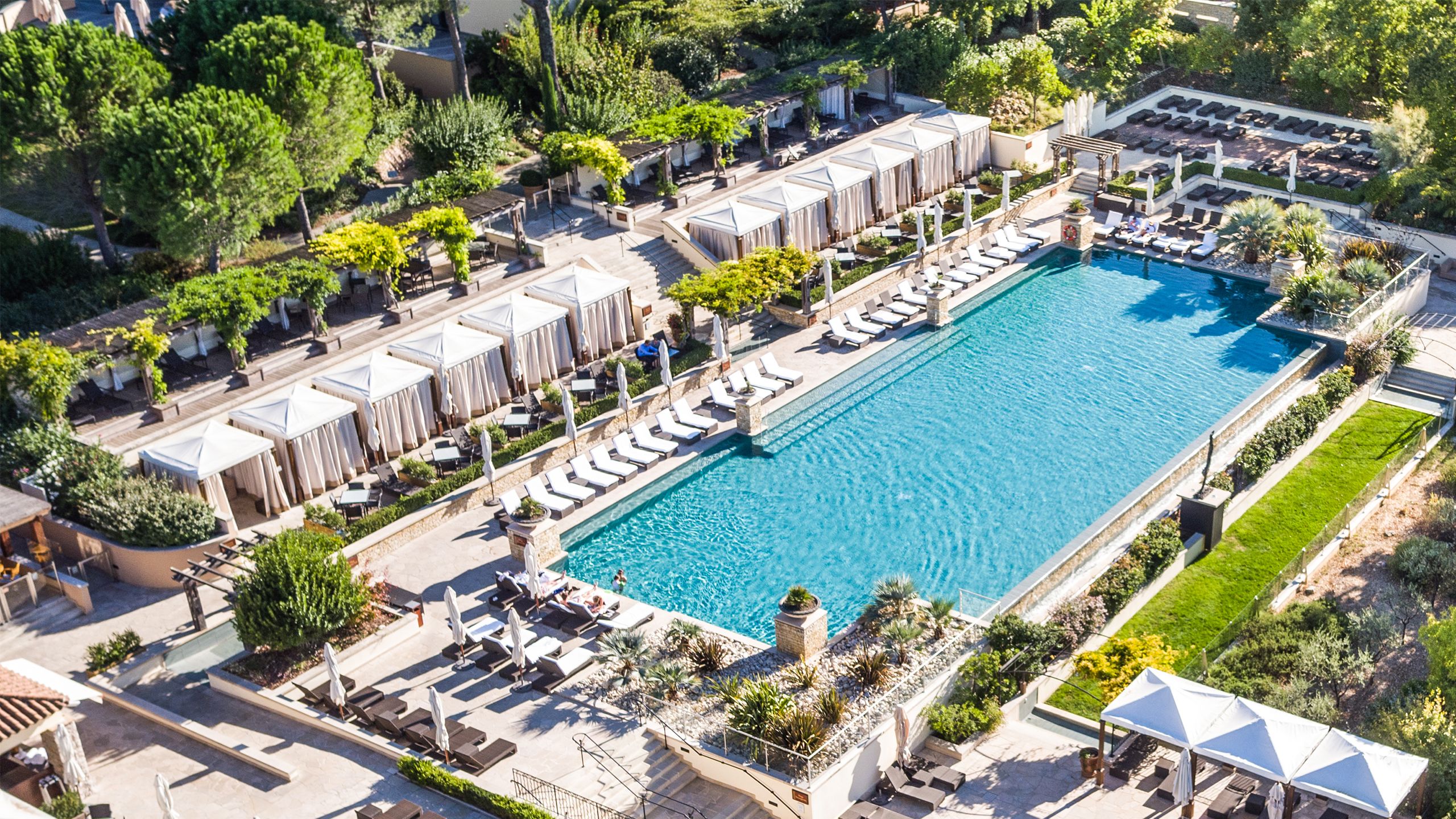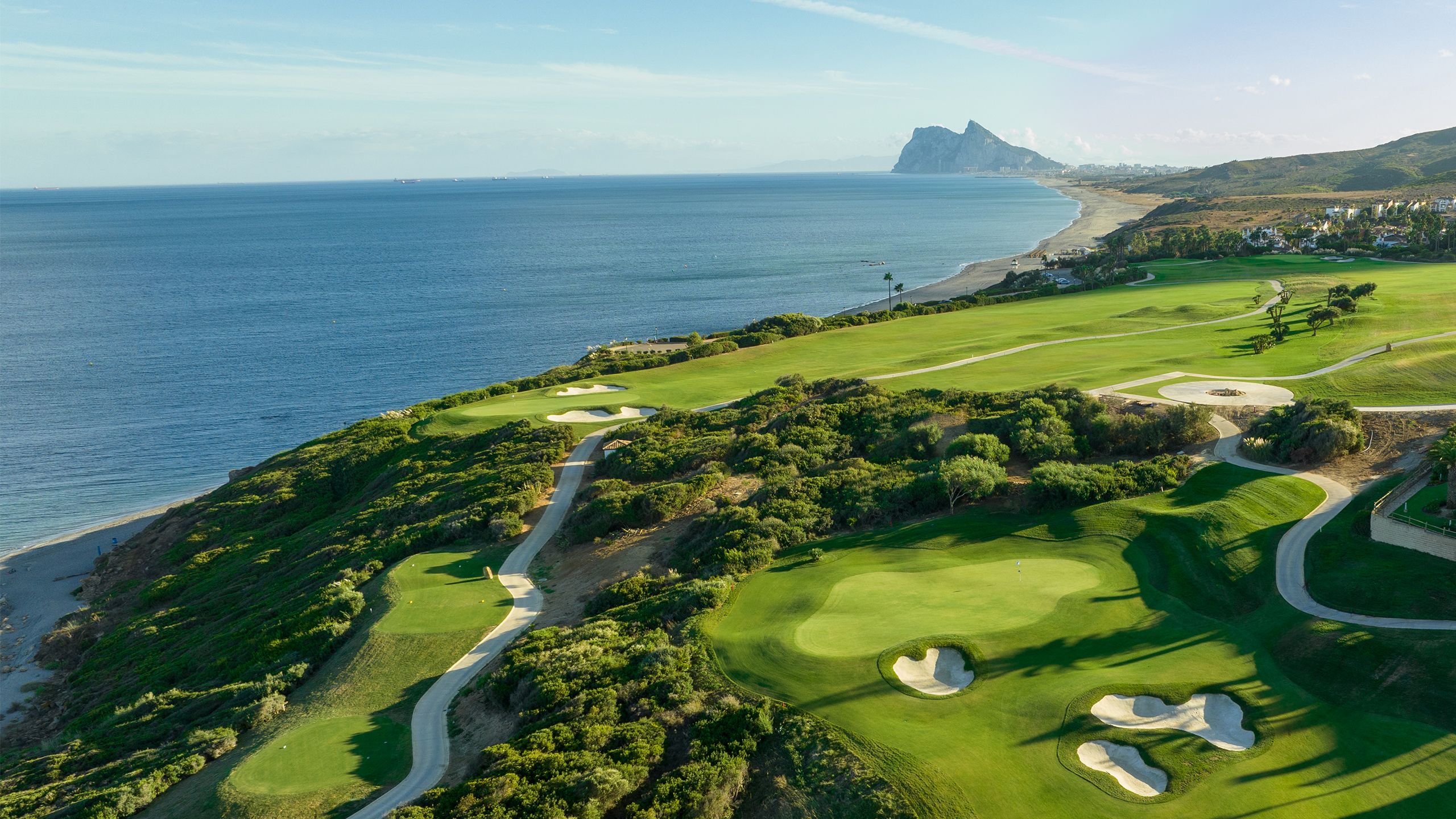Digital Marketing Trends 2024
Converting audience engagement into sales

In the fast-paced world of digital marketing, staying ahead of the curve is not just an advantage, it's a necessity.
With 2024 nearly upon us, we spoke to key personnel at the European Tour Group and international real estate agents, Fine & Country, to delve into three major trends that are predicted to play pivotal roles in the digital marketing arena. They also shared examples of how golf destinations could implement these to evolve the way the latter interact with their customers and increase their ROI.
These three trends centre on:
- Personalisation
- Social Media Stories
- Immersive Experiences
Ian Knox, Head of European Tour Destinations, said: "Long gone are the days of simple profiling to deliver bespoke content. As customers become more used to personalised experiences, businesses must look to machine learning, advanced analytics and the rise of AI to deliver increasingly more individualised content, suggestions and offers.
"In the golf tourism industry, keeping your venue in the spotlight can be a constant challenge, so identifying who your audiences are is important, but in 2024, going beyond the demographics will prove vital.
"Nick Hand, Director of Marketing at the European Tour Group, shows us how critical it is to understand customers’ desires, their interests and their motivations, while Lee Seymour, Head of CRM & Fan Engagement, describes how such insight can allow destinations to deliver hyper-personalised content and experiences.
"Then you have the ever-evolving realm of social media where, having a presence on these platforms isn’t enough these days. You need to actively engage with your audience and foster a dynamic conversation - it is not a one-way broadcast, as our colleague Edward Peters, Head of Digital, Content and Business Development explains.
"Looking at ways to connect with your diverse followers in a more authentic and relatable manner, by publishing sneak-peak and entertaining content, will succeed in winning eyeballs, engagement, and (eventually) market share away from brands that keep on producing ‘the same old stuff’.
"While the increased adoption and integration of immersive experiences will continue to blur the lines between the physical and digital worlds, Emilie Despois, Head of Marketing at Fine & Country, demonstrates how these technologies are offering exciting opportunities that put customers at the heart of the narrative.
"Whether it's showcasing real estate, providing a virtual tour of a golf course or promoting the wider destination and its lifestyle, she believes more and more brands will incorporate these technologies into their marketing campaign."

Trend #1
Personalisation
At a time when distractions have increased exponentially - some estimating these to be around 3000–7000 marketing messages per day - it's growing harder to get people's attention.
Therefore, identifying, understanding and targeting your customers has never been more important for businesses, and could prove critical for golf destinations in 2024.
Over the last few years, the European Tour Group has zeroed in on their market segmentation, identifying four distinct audience sets:
- Regular golfers, who like playing golf at the weekend
- Golf fanatics, who love everything about the game
- Sports fans, who engage with most sports, including golf
- Event-seekers, who love going to big-ticket tournaments and events
Nick Hand said: "Segmentation is extremely useful and shouldn’t just be a buzzword.
"It helps in defining a clear strategy to work towards and enables you to be focused and explicit in your approach. For us, we wanted to broaden our audience, increase their engagement, and deepen their experience to ultimately build value for all."
In the case of golf destinations, determining different audience types and understanding exactly what they want, can be the difference in converting an interest into a sale.
Nick added: "Not everyone is looking for the same thing or spending their time in the same way, despite being at the same destination.
"For example, some might be after a short break, where they can play as much golf as possible, while others may be considering a family holiday, so spending time with spouses, children, partners is key, with a round of golf an added extra ‘if time allows’, and then there are those who might be after destinations where they are able to work remotely and play golf during their down time.
"Those are just three examples of different audience types venues need to be aware of and be prepared to cater for, so it is imperative to work out what these customers’ intentions are, what their needs are and what will most appeal to them, so you can communicate with them in the right way to encourage them to visit your particular destination."
Lee Seymour continued: "Once you have identified your audiences, you can develop and deliver personalised content to attract wider engagement.
"At the Tour, our weekly newsletter goes out to roughly 312,000 fans, so by consolidating all our actionable customer information into one CRM system, we can personalise on a deeper level and utilise dashboards and metrics to find out more about our audiences’ behaviours and build a clearer picture on how fans engage with us."
"Investing in this system has been valuable as we are now personalising our communications on a level we’ve never been able to do before. It has enabled us to provide the right content, on the right platform, to the right person, at the right time."


Trend #2
Social Media Stories
Short-form Story content, which has gained immense popularity through platforms such as Instagram and Snapchat, is predicted to maintain its dominance in 2024 - a prognosis Edward Peters would corroborate.
"This type of content provides the consumer with a quick and easy way to consume content on their favoured accounts, giving fans bitesize, snackable content in vertical view, that takes over the whole phone," he said.
"Stories enable us to share original, real-time content, while fostering a sense of immediacy. Yet what is important is always ensuring there’s a good variety of content.
"For example, we know behind-the-scenes content and focusing on the big stars works well, so, on tournament weeks, such as the DP World Tour Championships at European Tour Destinations member venue Jumeirah Golf Estates, you can scroll through and gain a good understanding of what’s happening during an event on a given day or across the week, while also seeing some non-match content, which really boosts engagement."
"For destinations," he continued, "I’d encourage them to look at what events they are, or will, run and see how they can tell a Story of that day - who has done well, what’s the experience like, but also how they can include content around the greenkeepers and the other teams that have enabled the event to come to life.
"They could start a story with the early morning course preparation, showing the team arriving, prepping the machines, cutting the fairways and greens. It’s about creating a story that’s compelling for the consumer."
It’s also important for destinations, according to Edward, to consider their wider content mix across all social platforms. While immediate success may not be possible, trialling a range of platforms and methods is a prudent tactic.
He added: "For a destination, I would recommend thinking about what audiences they are wanting to engage with and trialling the different platforms preferred by those demographics and customer profiles.
"If it’s a younger audience, it’s worth focusing on the platforms that most attract them like Snapchat, Instagram or TikTok, however, if you are targeting 35-55-year-olds, then X or Facebook would make more sense.
"If something isn’t working, look to pivot pretty quickly. You can buy audiences, but look to do it organically, because that will serve better in the long-term, particularly from an engagement perspective and the value you get out of each fan."


Destination Case Study

What is your overall content strategy for social media?
"At Terre Blanche, we aim to be authentic and natural on our social media accounts, as these are key brand values. Indeed, we are a unique destination, a wonderful retreat immersed in nature where our guests can totally disconnect and unwind.
"We wish to show the full resort experience, from its beautiful natural setting, to its luxurious facilities and the warmth of our team.
"We also use UGC (User Generated Content) as much as possible, to highlight and showcase the various experiences we offer, through the eyes of our guests, because we are convinced they are our best ambassadors to promote our resort with real, lively personal content.
"It is key for us - we give our connected guests visibility, whilst they help us build strong brand awareness. By enhancing their photos or videos, we entice other users to do the same."
Why is engaging in social media an important marketing strategy?
"Social media lets us connect directly with our guests and future visitors. It's our way of sharing the Terre Blanche spirit and building a community that feels like family.
"Then, engaging in social media is also important to us since it is a way to detect new business and improvement opportunities (offers, facilities, and so on) thanks to reviews, and comments.
"Moreover, it is a means to multiply points of contact to generate leads, gain followers (the more we are visible, the better it will be), and a way to detect which content is the more engaging to use on our website.
"Finally, being in touch with our audience on social media helps us provide prospects with a smoother, seamless, and easier booking experience by answering social media users' requests directly on Facebook and Instagram (reducing the number of phone calls and generating more relevant leads)."


TREND #3
Immersive Experiences


With the continued development of Augmented Reality (AR) and Virtual Reality (VR), marketers should acknowledge the crucial role these technologies can play in providing immersive and interactive experiences that can captivate and engage consumers, fostering a deeper connection with brands and products.
By leveraging these technologies, marketers can create memorable and unique campaigns that set them apart in a competitive digital landscape, ultimately driving brand awareness and customer loyalty.
For golf destinations, particularly those with real estate offerings, such as Camiral Golf & Wellness in Spain, Pirin Golf & Country Club in Bulgaria and Quinta do Lago in Portugal, the possibilities and opportunities AR and VR can offer are becoming an irrefutable reality.
The decreasing age of property owners buying real estate on golf estates is also providing ample reason to invest in AR.
Emilie Despois, Head of Marketing at Fine & Country, explained: "AR is something you need to do, because it’s how the next generations will increasingly look for their properties. It is a fantastic tool in both the nature of selling real estate to international audiences and in how it can aid the ease of the transaction process.
"For a property that isn’t built yet, you can of course have computer-generated images (CGIs), but giving the buyer an opportunity to be ‘in the building’, from the comfort of their own home, to see and visualise how they will live in it, is priceless.
"For golf destinations where the majority of their buyers aren’t local, these tools allow prospective clients to gain a good sense of what’s on offer without having to jump on a plane. AR can not only make sure the property is what they want, before visiting the venue but also enable them to save time and money.
"Similarly, the technology can also save the venue time and resource, as its staff can focus on motivated buyers, as these are the ones who are now visiting the destinations, having confirmed their wants and needs, which is making a huge difference on closing a sale."
In addition to using AR as a tool for property selling, Fine & Country is evolving its immersive experiences.
"We are producing more videos for customers, including presenter-led videos,” Emilie said. “We have found that people have difficulty picturing themselves in a home, so this type of video allows them to see it while also getting a sense of proportion.
"By opening the door and inviting the camera in or sitting on the sofa, or at the kitchen counter, or having a drink on the balcony looking at the view can just provide that added perspective to help people visualise the property better."
She added: "It is important venues consider their wider amenities and the area too when creating immersive experiences - after all, the old adage ‘location, location, location’ is still very accurate when considering buying a property.
"At Fine & Country, we like to bring the ‘lifestyle’ to life in our videos so would-be buyers get a flavour of what to expect not just from the property, but get a sense of the facilities and the area.
"Because it’s not just golfers who will buy a property at a golf destination - it’s people who want to live amid nature, in secure green communities and in peaceful surroundings, while at the same time having access to restaurants, spas and other sporting facilities all on-site too.
"So, creating immersive content that shows what life is like at a resort is critical, especially in countries still growing in popularity like Bulgaria, Estonia and Finland, for example where European Tour Destinations member venues can really gain critical ground and appeal."
Find out more
European Tour Destinations comprises a network of world class venues that all have a close association with the European Tour Group. Through this association, member venues gain access to the significant expertise of those personnel who work across the group.
To uncover ways in which European Tour Destinations can help resorts capitalise on digital marketing trends in 2024 and beyond, contact:
Email: Ian Knox
Head of European Tour Destinations


© Copyright 2023 - European Tour Group
